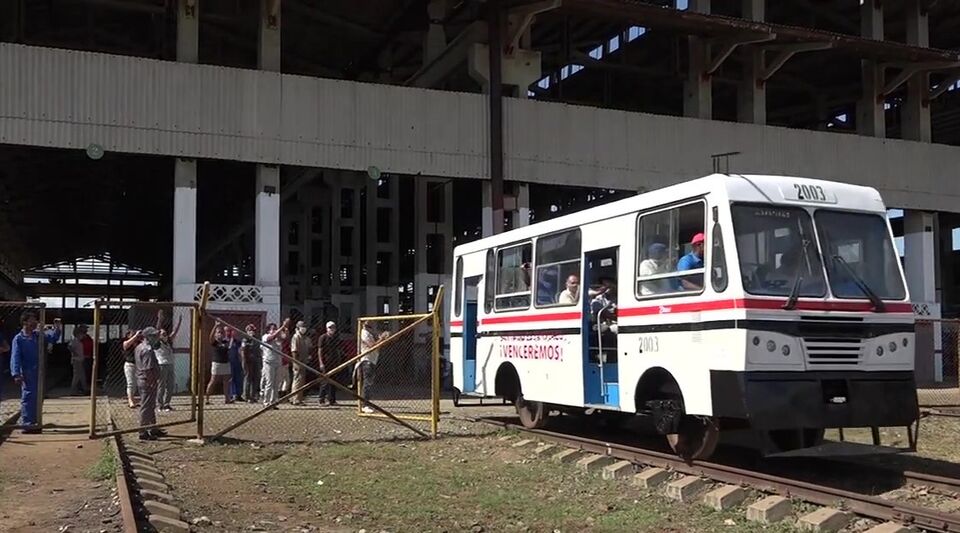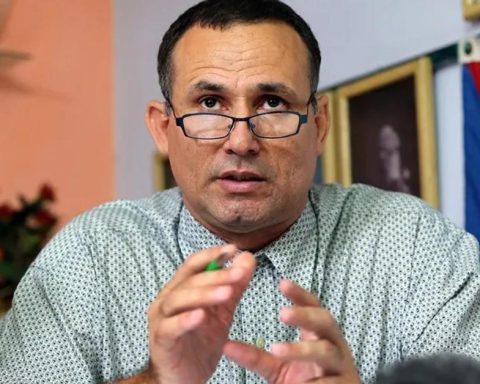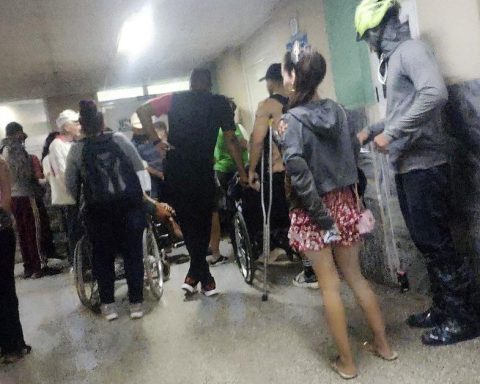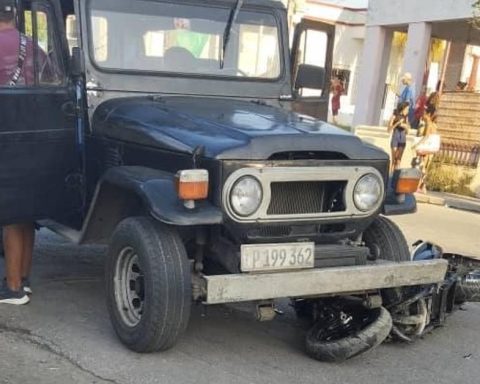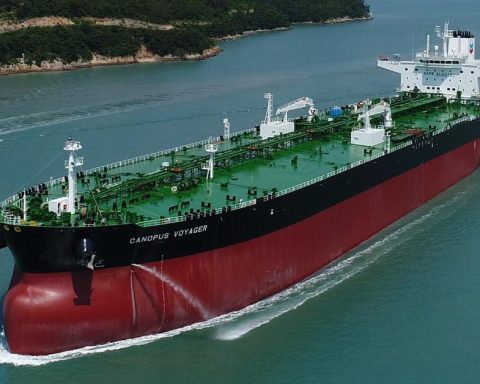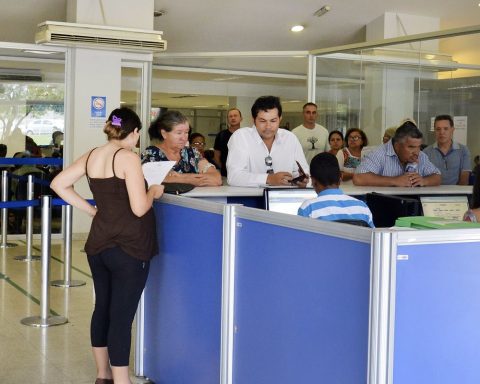With part of the train and another of buses, the rail buses manufactured in Cuba are the new alternative to move between municipalities. However, the measure, which seeks to alleviate transportation problems on the Island, is not that new. as announced by the official press and it will hardly be able to represent a small relief in the midst of the deep transportation crisis that the Island is going through.
“The ferrobus is the poor son of the motor car”, says Juan Carlos Linares, the bolus, machinist’s assistant for more than 20 years in the Union of Cuban Railways (UFC) and retired a decade ago. “The same thing happened during the Special Period, when buses were conditioned to serve as transportation between municipalities,” recalls the retiree.
Now, the railway authorities are announcing a new hybrid with a Yutong and Diana bus body that will be coupled with the necessary infrastructure to travel on the railways. “These teams have already been approved, they are finished and ready for exploitation,” Camilo Chávez Molina, general director of the UFC Workshop Company, told national television.
The Cuban railbus prototype allows transporting 24 seated passengers and 20 standing, according to the report broadcast on the main news this Sunday. “The power of its engine could admit trailers for light loads. The experience opens the possibility of manufacturing rail buses in Cuba from the structure of other buses,” he concludes.
“The ferrobus, made from a bus, can solve a problem between small towns, but its capacity to move passengers is very low”
“The ferrobus, made from a bus, can solve a problem between small towns, but its capacity to move passengers is very low and the wear suffered by such equipment is greater than that of another that is built from the beginning to be on the lines”, points out El Bolo. “This is a temporary solution, a Band-Aid.”
The railway recalls other alternatives that have also been incorporated into the Cuban railway to alleviate transportation difficulties: “Freight cars with windows to move people, adding rows of seats to accommodate more people and even converted cubicles so that the train has more capacity”.
“But all of that is paid for later in the workshop and with years of exploitation,” admits the railway worker. “You can force the train, fill it up, put more wagons on it than it has and it goes and keeps rolling, but in the end it will last less. If, furthermore, it is not even designed for the rattle of the lines, which are not in good condition, as is the case with these rail buses, we are talking about something that will have a very short useful life”.
For the writer Camilo Venegas Yero, who in his blog The Stoker Venegas keep a record of the locomotives on the Island, there is little chance that the new railbuses will change the current situation. “The only difference they can make is that a vehicle occasionally travels along lines that have remained unused for years. But their services will be insignificant, symbolic,” he says.
“The Cuban railway is practically paralyzed, its operations are minimal, and that is due to many factors: from lack of traction equipment and fuel to an increasingly worse state of the tracks and infrastructure in general,” Venegas Yero explains to 14ymedio. “In addition to the destruction of that great tangible heritage that is the Cuban railway network, a very valuable intangible asset has also been lost: the railway culture.”
“What I am sure of is that when they stop working they will not be news, that would never appear on the news”
The writer, who lives in the Dominican Republic, attributes this loss to the fact that the railway has been “administered by the military, the railway workers were relegated, separated and ignored”, which “has had dramatic consequences in the operation of this vital means of transportation”.
The ferrobus also has a more powerful cousin: the motor car that has played a fundamental role in passenger rail transport on the Island. “From the mythical Brill gas cars, to the Budds and Fiats, both Italian and Argentine, which They turned the experience of traveling by train into a real luxury”, recalls Venegas Yero.
It was in the 70s of the last century, in a small workshop in Placetas, where a vehicle was devised, the Carahata, which is the direct antecedent of the railbuses. “They were very light, able to go into branches in bad condition, but the bad condition of that time was much better than the disaster of now,” he clarifies.
Although the rail bus can be very useful, both in rural and urban areas. The problem, Venegas Yero points out, “is in the real availability of this equipment, the fuel to move it and the roads that allow its circulation. Within Havana there was a wide railway network that has been deteriorating. Some sections are currently impassable Others have already disappeared.
The durability of this equipment “is unpredictable”, also warns the expert, who does not predict a long useful life for them: “What I am sure of is that when they stop working they will not be news, that would never make the news.”
________________________
Collaborate with our work:
The team of 14ymedio is committed to doing serious journalism that reflects the reality of deep Cuba. Thank you for joining us on this long road. We invite you to continue supporting us, but this time becoming a member of our journal. Together we can continue transforming journalism in Cuba.
